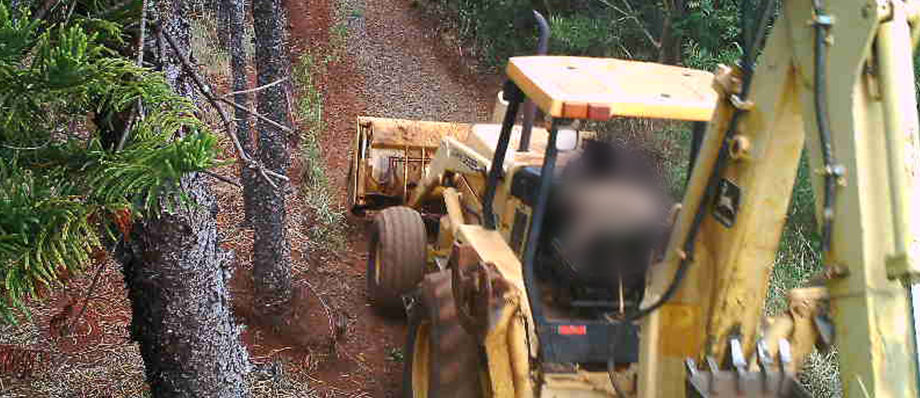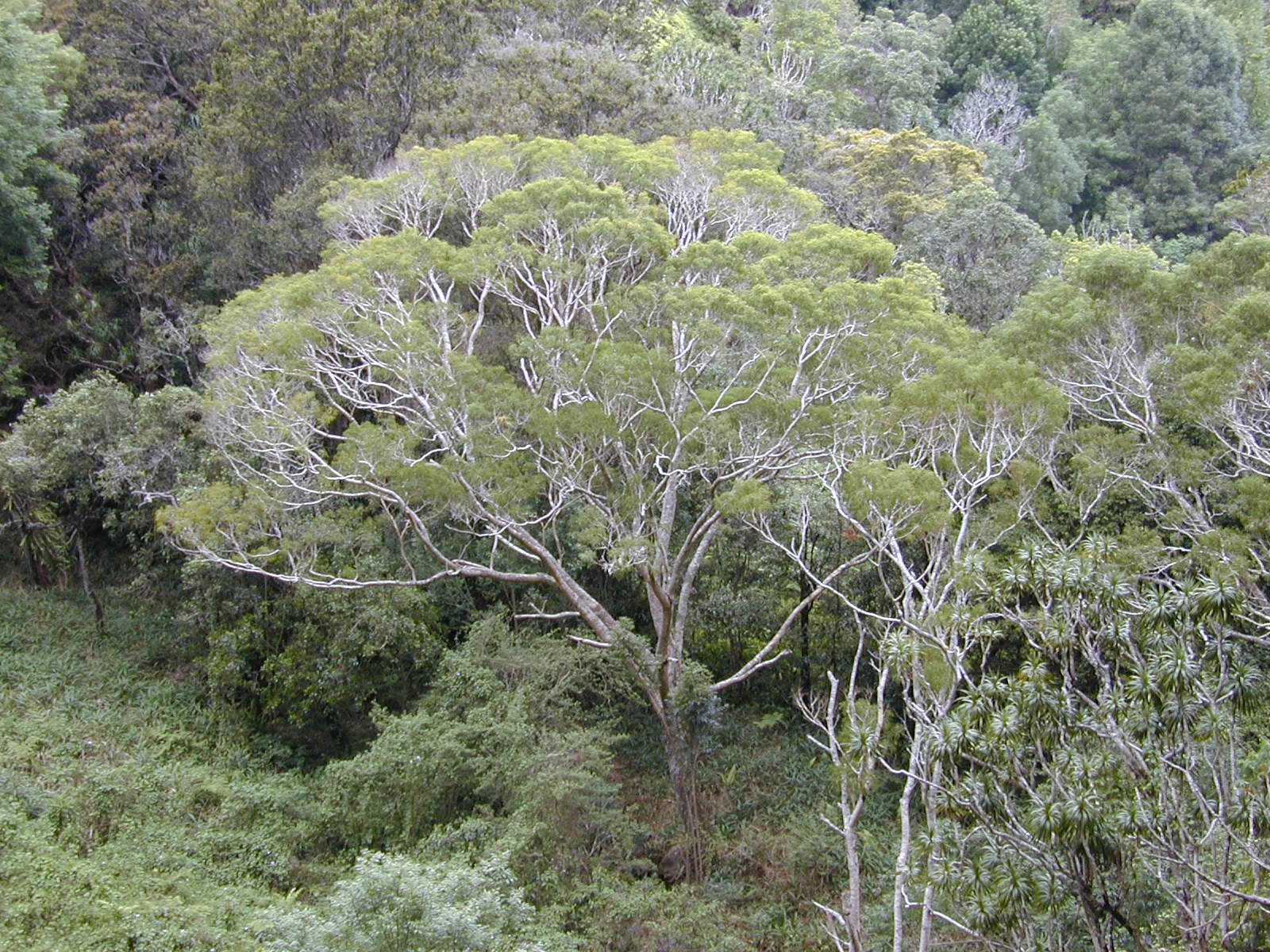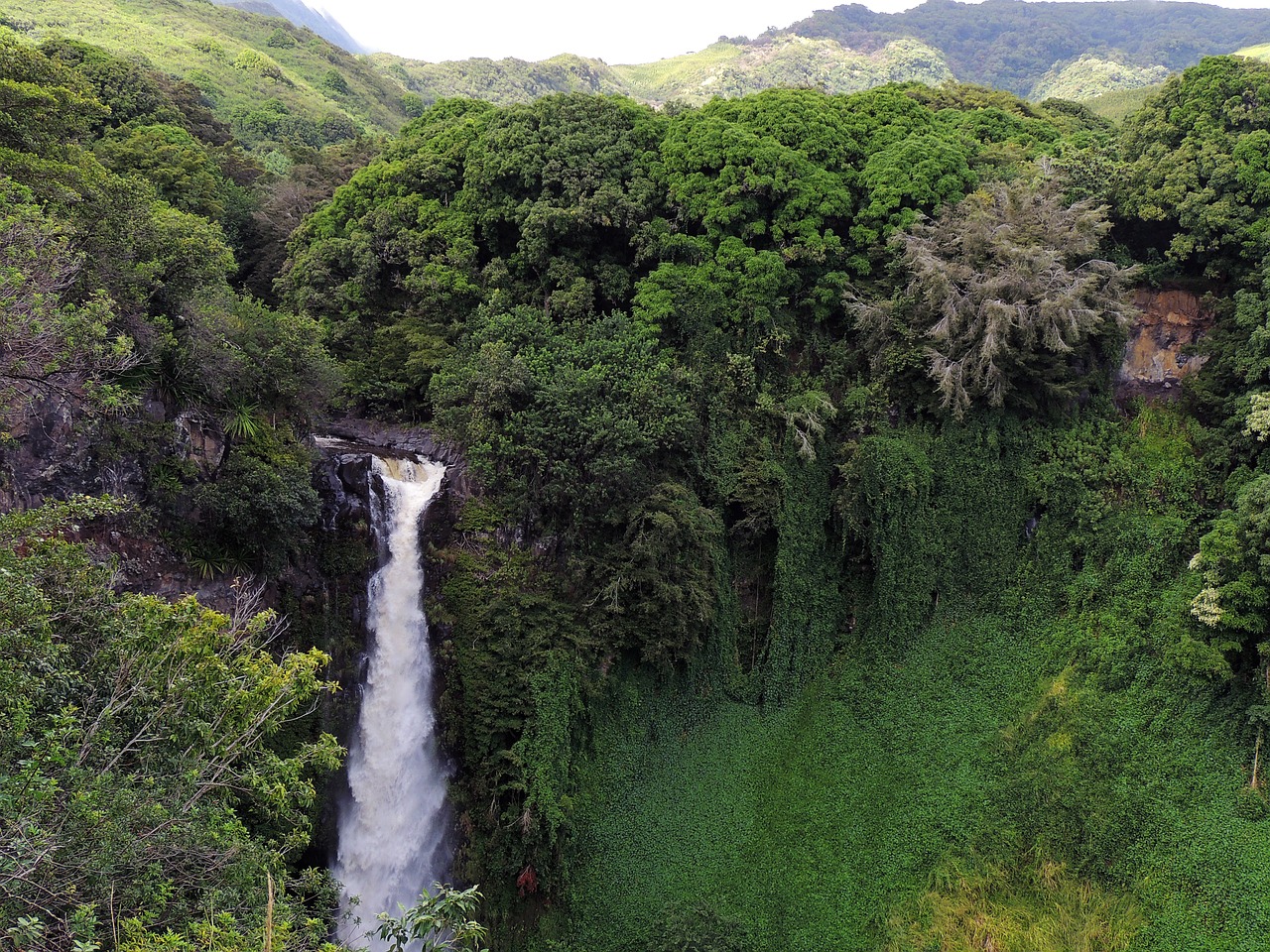
Did you know that poaching isn’t just an crisis among animals around the world?
What first comes to mind is always elephants, rhinos, and now more commonly pangolins, tigers, and even turtles. These are some of the most poached and trafficked animals on Earth, but there is also a network of poaching that exists in the world of flora. That’s right . . . plants.
In Hawaii, there exists some of the oldest and most expensive trees in the world, and believe it or not, they get poached as well. A few weeks ago, our team caught a few poachers on our remote monitoring system shortly after they had cut down one of these amazing trees. The investigation is still unfolding.

? Forest and Kim Starr CC BY-SA 3.0
According to “Traditional Trees of the Pacific Islands” by Craig R. Elevitch, the ancient Koa tree is the largest native tree in the Hawaiian Islands reaching heights of about 115 feet.
Commercially, Koa is one of the most expensive woods in the world and is used to make furniture, veneer, and crafts. Most koa is harvested from remnant individuals or stands in pasture lands. But in certain remote areas, like the areas Wildlife Protection Solutions works, poaching happens. And in order to preserve these pristine and natural ecosystems, they must be protected . . . for the health of the islands, for the health of the animals and plants that live there, and for the larger zeitgeist of the human spirit.
Furthermore, “More than half of Hawaii’s 31 birds on the federal endangered species list are small forest varieties,” according to the Fish and Wildlife Service, which oversees the neighboring Hakalau Forest National Wildlife Refuge. “The birds need koa to shelter the smaller plants they feed on, such as the red splayed blossoms of the ohia lehua, giant Hawaiian raspberries and marble-sized red ohelo berries. A spreading koa canopy protects seedlings and smaller plants from cold upland temperatures, which can dip into the 20s during winter on Mauna Kea.”

As part of our mission of protecting endangered species, our team also works to protect endangered ecosystems. It’s important to understand that this includes all species of life, including animals, BUT ALSO INCLUDING PLANTS. With out protecting the ecosystem as a whole, there can be little hope in protecting individual species.
Trees get poached too, and we hope you join us in protecting them.

